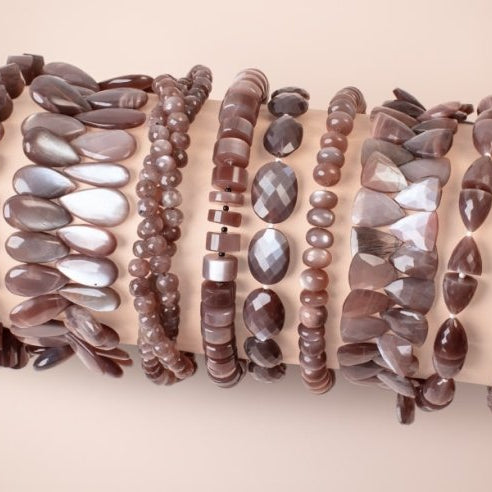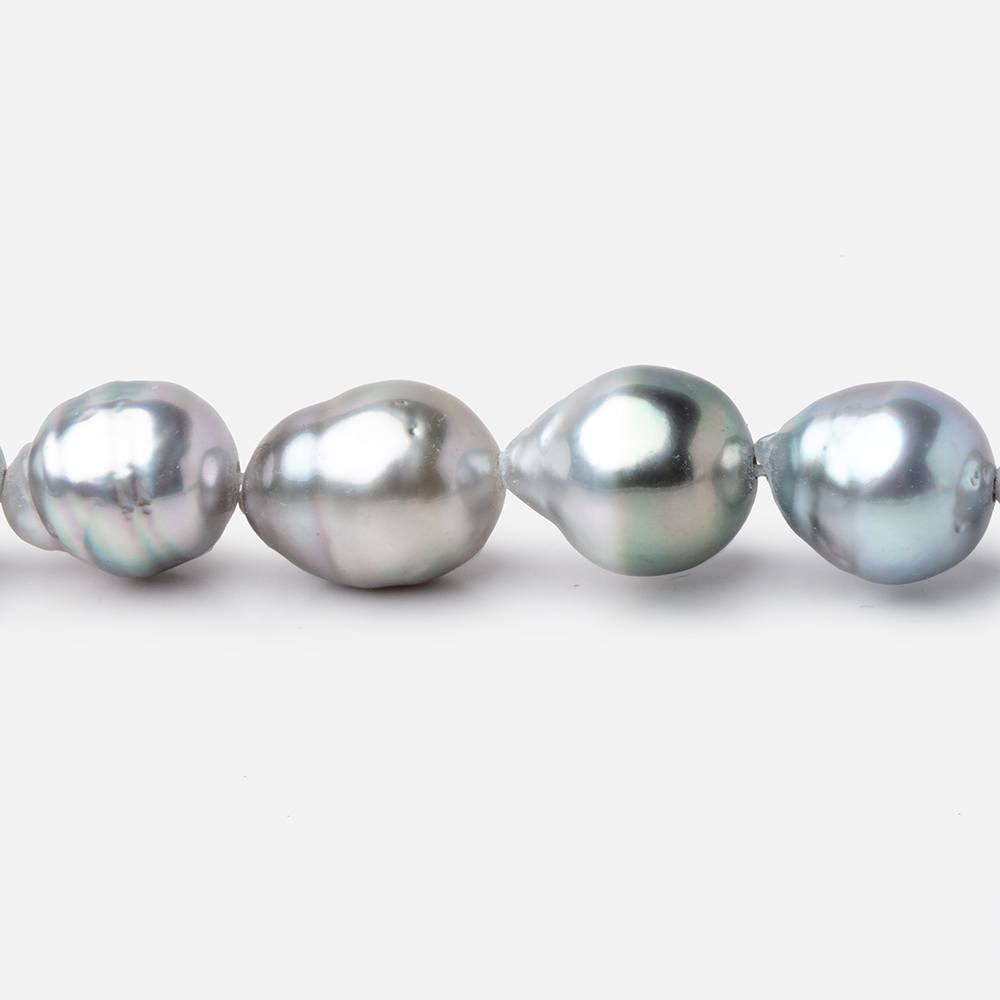Here at Beads of Cambay, it’s fair to assume that we’re a bit obsessed with jewelry. After all, nothing puts a pep in your step like a sparkly necklace or a chunky bracelet. Big or small, real or reproduced, jewelry lifts the spirits and cinches a look. Look no further than trusty layered pearls or chandelier earrings to take you from stylish to style icon.
Does the term body chain ring a bell? Granted, it’s a rather unsavory name for a such a versatile and trendy piece of jewelry, but we shouldn’t digress. Body chains have been spotted on celebrities like Rihanna, Beyonce, and Kate Hudson for years, but they also showed up as a major trend at New York Fashion Week this year.
While this current trend is being led by high fashion and celebrity style, it’s worth noting that it’s been around since ancient times. In ancient Greece, Aphrodite, the goddess of love, was depicted wearing one around her waist to emphasize her female form. In India, Indian classical dancers wore body chains of varying design as an embellishment for belly dancing. Body chains are a fascinating piece of jewelry that connects ancient history to the contemporary fashion world.
What Is a Body Chain?
Simply put, body chains are chains that adorn the body. Historically, they were worn around the stomach, but contemporary versions usually hang around the neck and loop around the body like the chest, back, and belly. Primarily, they are seen as an accessory to summer styles, particularly beach wear, but Louis Vuitton and Calvin Klein paired them with elegant dresses and tailored street wear at Fashion Week this year. As the trend suggests, they are a versatile and eye-catching accessory.
Belly Dancing: Perhaps the Origin of Body Chains
Sources trace the body chain back to a few sources, but it seems safe to say that dance and amour are part of the story. Ancient iconography of Aphrodite depicted her wearing a body chain to accentuate her voluptuous curves, but the first traces of the body chain lead us to Ancient India. There, women wore elaborate jewelry, including body chains, and vibrant fabrics to perform ceremonial dances in the Hindu Temple.
The body chains usually featured a charm that added a percussive element to their movement. Indian women wearing body chains in various states of dress are portrayed on frescos dating back to 744 A.D.
Body chains are closely associated to the tradition of belly dancing, but historians are speculative about when the dance form began. Some historians trace it back to religious dances performed by temple priestesses as early as 1000 B.C. Temple engravings of these fertility rituals have been found in Egypt, Greece, and Mesopotamia.
Other origin theories include social dance practices in ancient Egypt or as an Indian ritual for preparing the body for labor and childbirth. Roman poets Martial and Juvenal both wrote poems describing a dance performed by women from Asia Minor and Spain that match even the modern form of belly dancing. Their poems depict women dancing in an undulating manner, playing castanets, and sinking to the floor in a dramatic way.
Origin aside, belly dancing spread throughout the Middle East with the migration of the Gypsy tribes Roma in Europe, Ghawazee in Egypt, and Nawar in India. Eventually, the Gypsy tribes reached Europe where their traditions merged with the Spanish to create one of the most famous Gypsy dance styles, the Flamenco. Many moves in modern Flamenco are still very similar to belly dance. Currently, belly dancing is practiced all over the world.
Worldwide, the costume most commonly associated with belly dance is the bedlah, meaning “suit” in Arabic. The bedlah typically includes a fitted top or bra, a fitted hip belt, and a full-length skirt or harem pants. The bra and belt may be richly decorated with beads, gemstones, sequins, crystals, coins, beaded fringe, and embroidery. The belt may be a separate piece, or sewn into a skirt. Earlier costumes consisted of a full skirt, light chemise, and tight cropped vest with heavy embellishments and jewelry.
Conclusion
Body chains most likely stemmed from belly dancing, perhaps the richness of Middle Eastern dance tradition. Its universal appeal can be attributed to the blending of many various sources, cultures, and dance styles. Take some inspiration from this rich dance heritage and add a body chain to your next outfit to emphasize your style and femininity.











